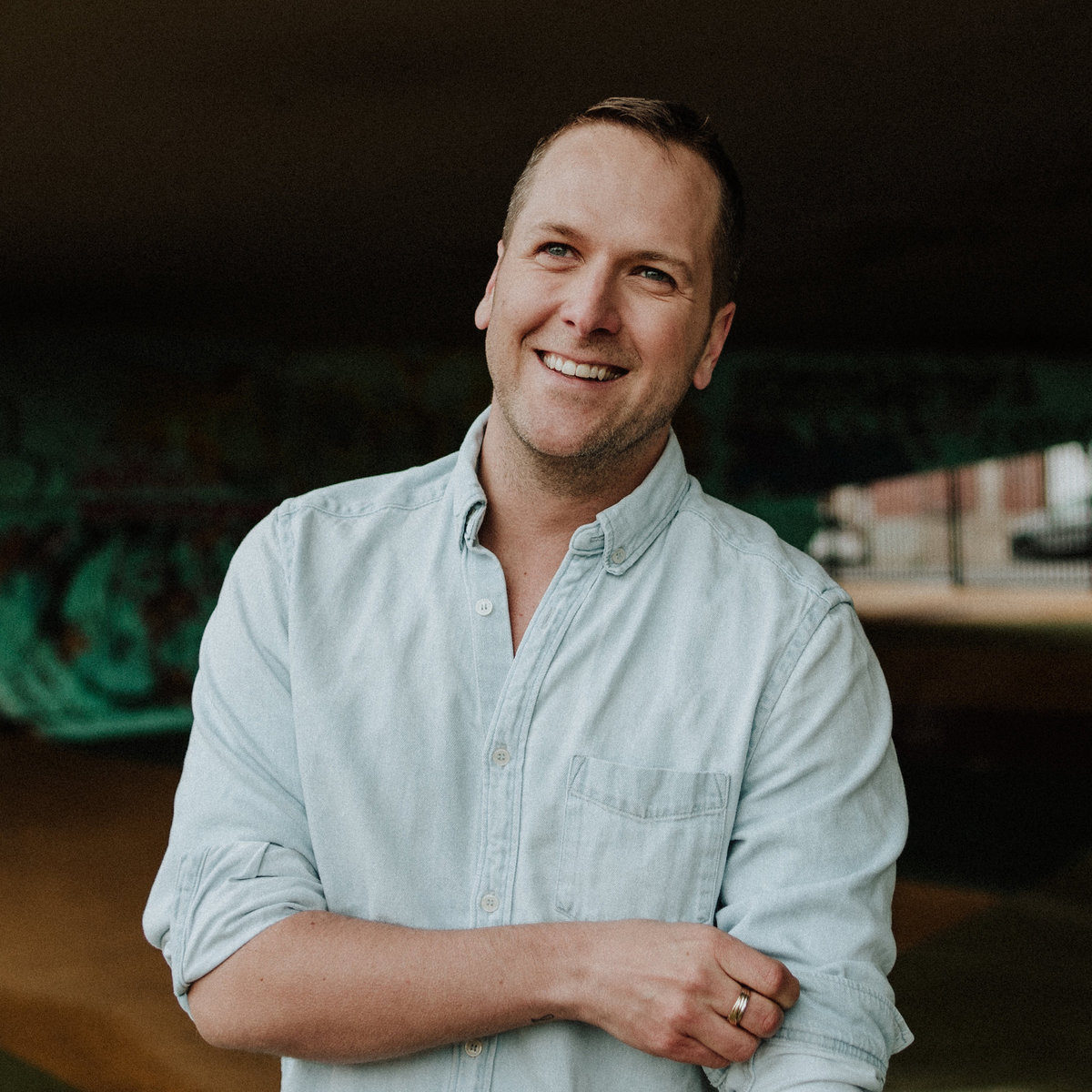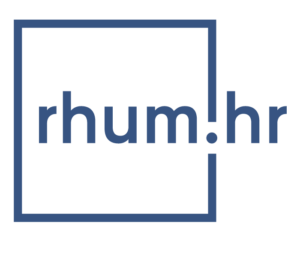The art of building and presenting a creative portfolio
By Presented by Pierre-Luc Labbée, President and Founder of rhum
2020-05-23
By Presented by Pierre-Luc Labbée, President and Founder of rhum
2020-05-23
Unfortunately, there’s no magic formula or simple answer, but here are some factors, tips, and tricks to consider when it’s time to explore the job market, whether you’re just graduating or looking for new opportunities in the video game, visual effects, animation, or new media industries.

What is your objective?
Are you aiming for a generalist or specialist position?
Do you enjoy exploring multiple aspects of artistic work, or would you rather focus on one discipline you’re passionate about?
What type of studio or organization would you like to work in?
What kind of projects do you want to work on?
Which technologies and software would you like to use?
These questions — as complex as they may seem — will ultimately determine how you present and align your portfolio, regardless of the company or sector you wish to grow in.
What I tend to suggest is building a comprehensive library of your work and presentation pieces, and then adapting what you showcase based on the specific needs of the position you’re applying for.
For example, if you find an opening for a Texture Artist position at a studio you admire, but your portfolio is more generalist—including textures, modeling, animation, visual effects, and lighting—it’s worth refining your selection.
— Pierre-Luc Labbée
This means that an artist’s work will vary greatly depending on the studio’s structure — and your portfolio should reflect that reality.
For example, if a studio is looking for someone with a wide range of skills, your portfolio should showcase your versatility. On the other hand, if a position requires a specialized focus, your portfolio should include a smaller but more targeted selection of work.
As an artist, it’s important to know in advance what kind of work excites you — whether you thrive as a specialist or generalist within a team. This self-awareness will greatly help you focus your job search and craft a portfolio aligned with what employers are truly looking for.
It’s quite common for hiring managers to show interest in personal work before academic or professional work. For example, a modeling supervisor might be curious to see your sculpting skills, a compositing supervisor might want to see your photography, and a character creation supervisor could be intrigued by your hand-drawn anatomy sketches.
This type of artistic work definitely belongs in your portfolio, but it should be placed in a clearly labeled section. If you want to go a step further, consider highlighting it in your résumé under the “Interests” section.
Regardless of the platform — ArtStation, Behance, YouTube, Vimeo, or a personal website — quick and easy access to your work is essential. I therefore discourage overly creative or complex websites and fast-paced demo reels, and instead recommend focusing your design efforts on the content, not the container.
Also, especially as a recent graduate, much of your artistic work will likely be collaborative. It’s important to clearly explain your role in group projects, even if it was minor. You can absolutely include a team project you’re proud of, even if you didn’t create 100% of it — just make sure to state your specific contribution.
— Pierre-Luc Labbée

A quick note on confidentiality: throughout your career, you’ll likely want to showcase pieces from your professional projects. Always make sure you’ve obtained the necessary permissions and information from your employer (or former employer) regarding the publication rights for these works.
For example, some employers may grant permission but require that your portfolio pieces be password-protected. These confidentiality terms are often specified in the non-disclosure agreement (NDA) you signed when hired — respecting them can save you from potential legal issues later on.
I’ve frequently seen candidates present their best work first, only for the quality to decline as the portfolio progresses. When this happens, hiring managers tend to question the candidate’s judgment and quality standards.
When reviewing your own pieces, ask for feedback from colleagues, professors, or mentors. If a piece doesn’t represent your best level of work, I strongly suggest removing it and investing more time into improving it until it meets your highest standards.
In terms of length and quantity, there’s some variation depending on context, but as a general guideline:
Between 3 and 10 static pieces (modeling, texturing, lighting, concept art)
Or between 20 and 60 seconds of animation (2D or 3D)
The number and length depend on your experience level, but this gives you a good industry average.
As a best practice, I also recommend regularly updating your portfolio with professional work as it becomes available. This not only shows your growth over time but also keeps your portfolio ready for new opportunities—because you never know when the next one might come along.
Too often, during interviews, candidates under stress may freeze up or forget key details when asked to discuss their work in depth. To prepare, I recommend writing out your creative process using the following structure:
Human challenges and team dynamics
Your inspirations
Time constraints
Software used
Project context
Initial assignment or brief
What you would do differently next time
This storytelling exercise helps you reflect clearly on your work, communicate your creative thinking with confidence, and leave a memorable impression during interviews.
— Pierre-Luc Labbée

Social media is full of discussion groups, and I strongly encourage you to get involved and share your work. Doing so will help you gain valuable insights and tips to refine your portfolio when the time comes to apply for a job.
A great example is Patrick Heumann, Animation Director in Montréal, who has many years of experience and shares “Honest Reel Review” video capsules — available right here.
Wishing you all great success in your careers!

He understands the challenges of attracting top-tier talent and has become a go-to reference when it comes to taking the pulse of the industry.
Pierre-Luc founded rhum in 2017, an organization that helps creative companies attract, hire, and manage talent to ensure the success of their projects — primarily in the video game, visual effects, 2D and 3D animation, interactive media, and innovation sectors.
